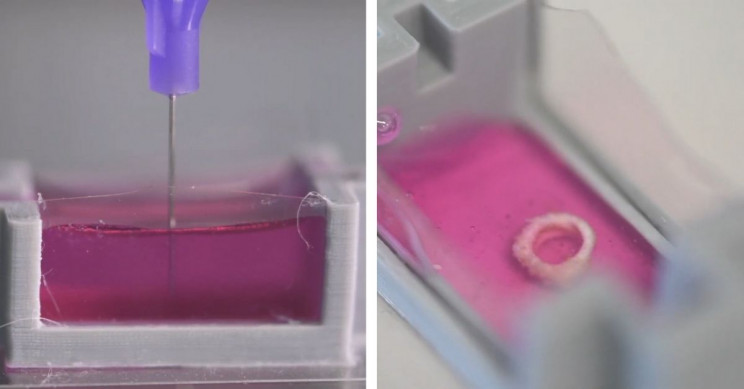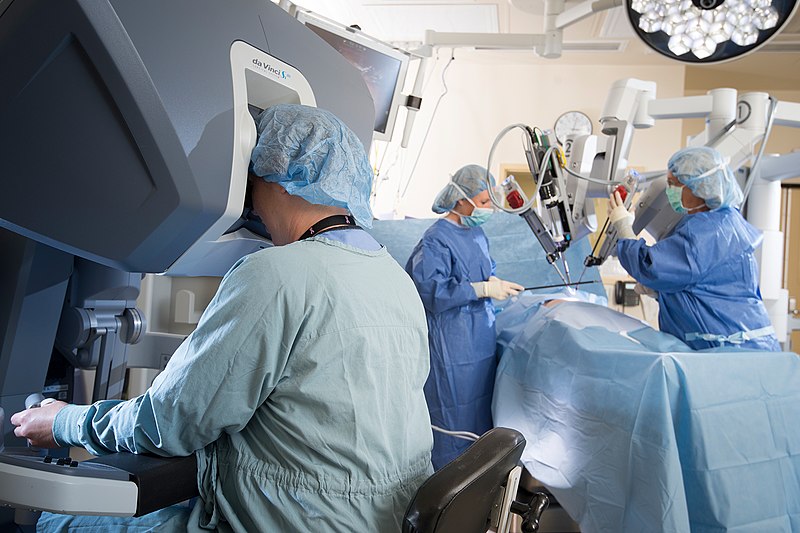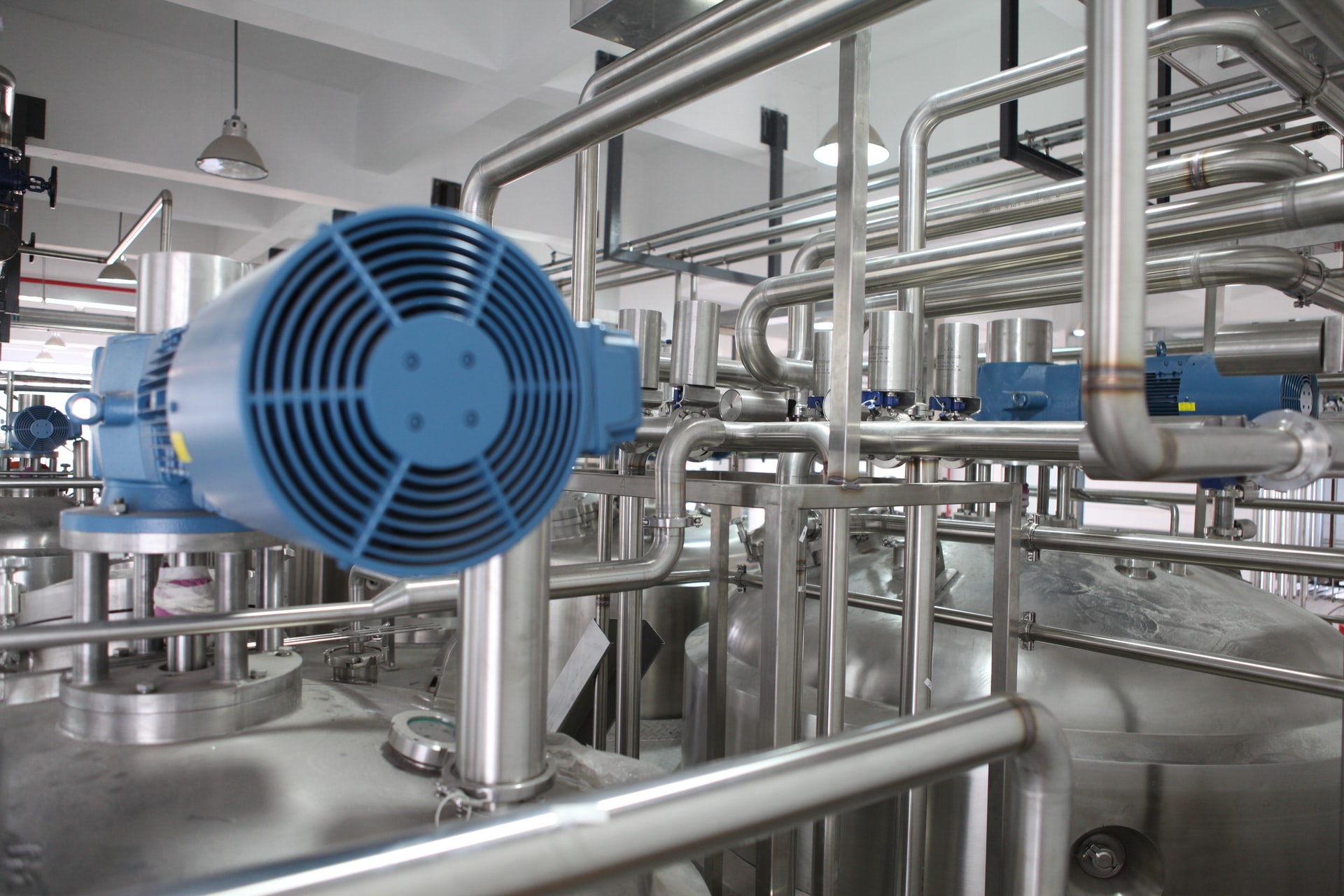A new 3D-printing technique could allow surgeons to 3D-print bone with living cells to repair damaged bone tissue.
University of New South Wales scientists managed to 3D-print human bones from a person’s own living cells at room temperature. They created a fast-setting ceramic-based bio-ink gel that contains a patient’s live bone cells in a calcium phosphate solution.
Scientists developed a new technique known as ceramic omnidirectional bio-printing in cell-suspensions (COBICS). Using this technique, they 3D-printed bone-like structures directly into the patient’s bone cavity. In just few minutes, this hardens on being exposed to bodily fluids and converts into mechanically interlocking bone nano-crystals.
Iman Roohani, a study co-author, said, “In contrast to previous materials, our technique offers a way to print constructs in situ which mimic the structure and chemistry of the bone,”
“It could be used in clinical applications where there is a large demand for in situ repair of bone defects such as those caused by trauma, cancer, or where a big chunk of tissue is resected.”
Even before also 3D-printing bone-mimicking structures have been produced. But the process is done at room temperature for the first time.
With this innovation, bones can be created immediately inside a medical room using the patient’s own living cells.







